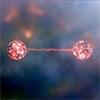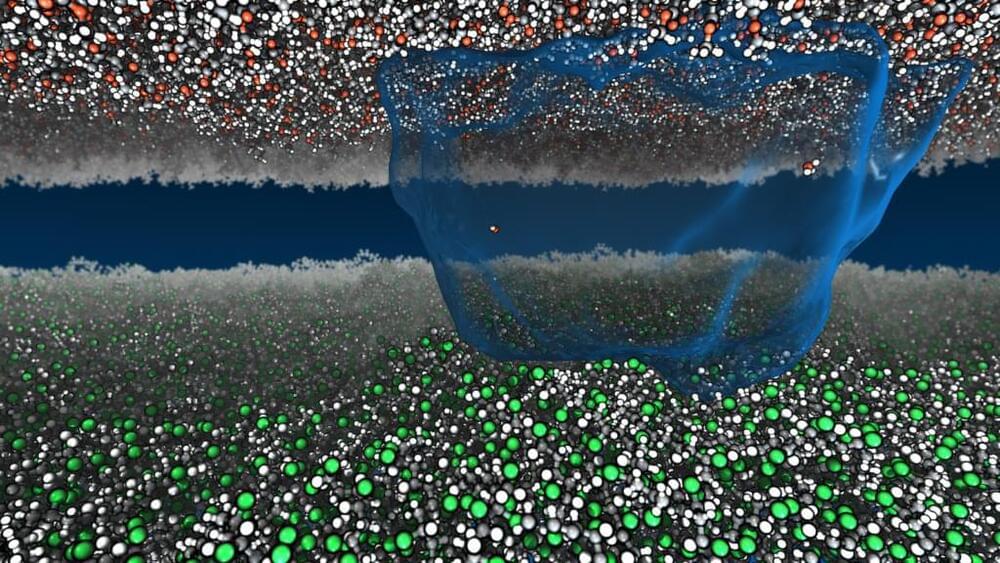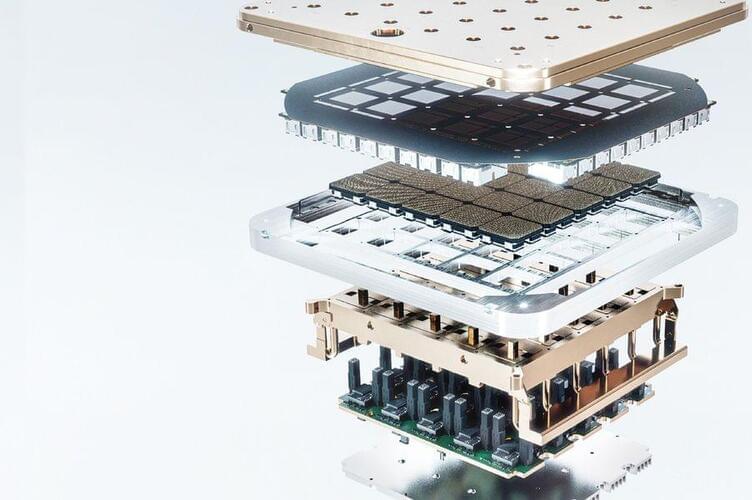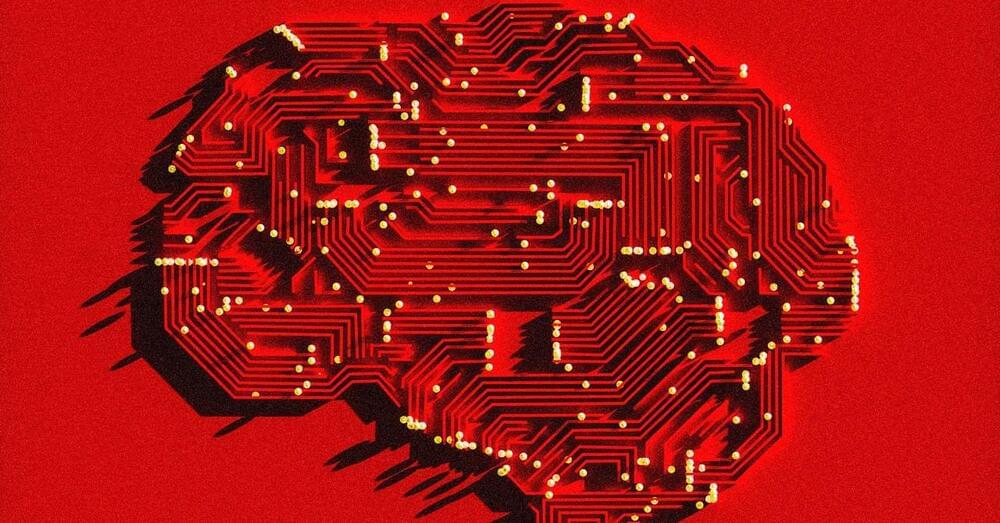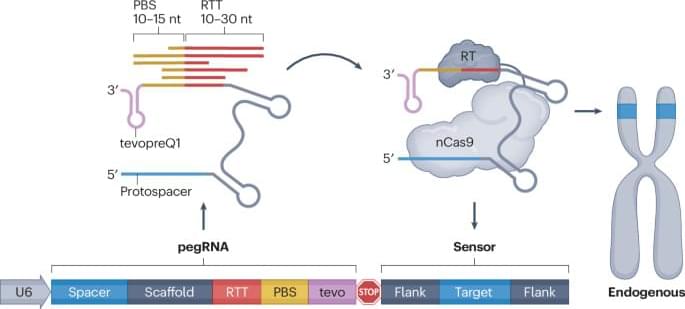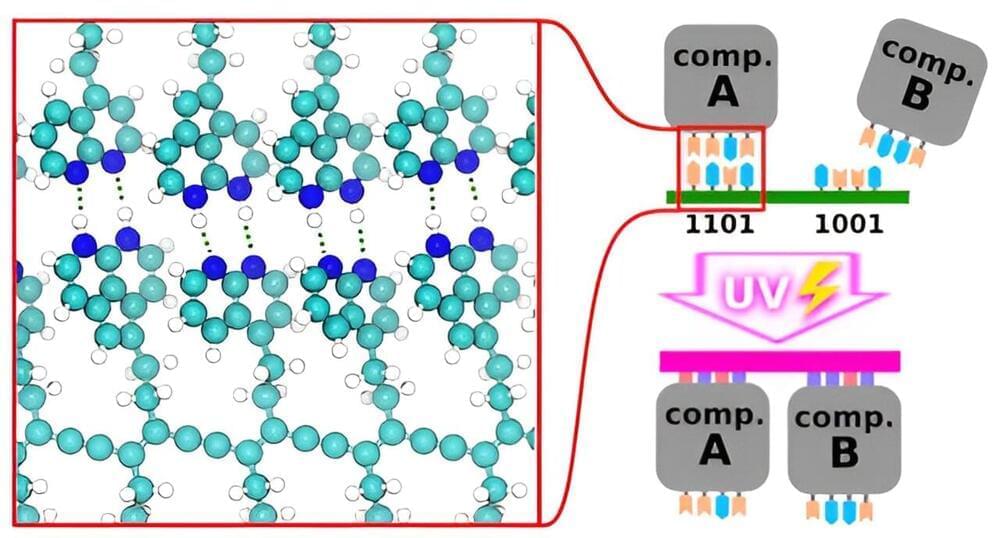May 1, 2024
Scientists show that there is indeed an ‘entropy’ of quantum entanglement
Posted by Dan Breeden in categories: computing, cosmology, quantum physics
Bartosz Regula from the RIKEN Center for Quantum Computing and Ludovico Lami from the University of Amsterdam have shown, through probabilistic calculations, that there is indeed, as had been hypothesized, a rule of “entropy” for the phenomenon of quantum entanglement. This finding could help drive a better understanding of quantum entanglement, which is a key resource that underlies much of the power of future quantum computers. Little is currently understood about the optimal ways to make an effective use of it, despite it being the focus of research in quantum information science for decades.
The second law of thermodynamics, which says that a system can never move to a state with lower “entropy”, or order, is one of the most fundamental laws of nature, and lies at the very heart of physics. It is what creates the “arrow of time,” and tells us the remarkable fact that the dynamics of general physical systems, even extremely complex ones such as gases or black holes, are encapsulated by a single function, its “entropy.”
There is a complication, however. The principle of entropy is known to apply to all classical systems, but today we are increasingly exploring the quantum world. We are now going through a quantum revolution, and it becomes crucially important to understand how we can extract and transform the expensive and fragile quantum resources.
